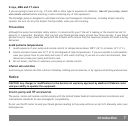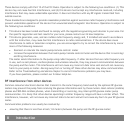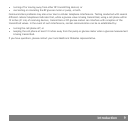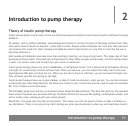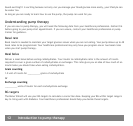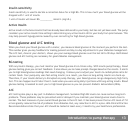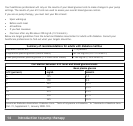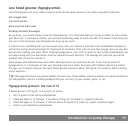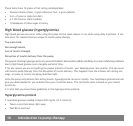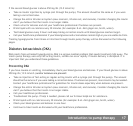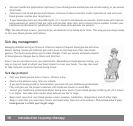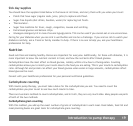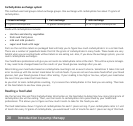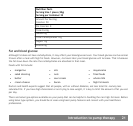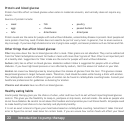
Low blood glucose (hypoglycemia)
Low blood glucose can occur while using the pump for the same reasons it can while using daily injections.
Not enough food
Too much insulin
More exercise than usual
Drinking alcoholic beverages
As you know, you cannot always avoid low blood glucose. It is important that you create a routine to follow when
your BG is low. If you have a routine, you will have something ready to treat a low BG. This makes it less likely you
will over-treat and cause your blood glucose to go up too much.
It is best to use something that you can always carry with you. Choose a food that is all carbohydrate because it
will be fast acting. Avoid using high fat foods such as chocolate. They will not work fast enough, and you may also
end up over-treating your lows. When treating hypoglycemia, start with 15 grams of fast acting carbohydrates. Do
not keep eating until you feel better. Eat the required amount and stop. The feelings will pass and you will be
grateful that you did not overdo it.
Some people with diabetes know when their blood glucose is low and some do not. If you are not aware of
hypoglycemia, it is important to test your blood glucose more often. Everyone with diabetes should test before
driving a car to assure safety on the road. Blood glucose should be above 100 mg/dL (5.6 mmol/L) before driving
and at bedtime.
Tip: We suggest that you use glucose tablets to treat a low. These tablets contain a known, pre-measured amount
of carbohydrate, and are in handy packages that you can carry in your pocket, purse, or car.
ಘ
Hypoglycemia protocol: the rule of 15
If blood glucose is 70 mg/dL (3.9 mmol/L) or below:
• Eat 15 grams of fast acting carbohydrate
• Check BG again in 15 minutes; if not above 70 mg/dL (3.9 mmol/L), repeat treatment
• Check BG again in 15 minutes; if still not above 70 mg/dL (3.9 mmol/L), repeat treatment again.
• Contact your healthcare professional
Introduction to pump therapy 15



